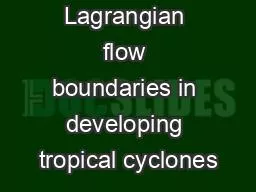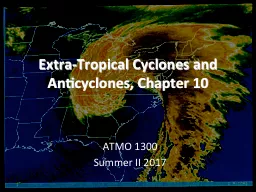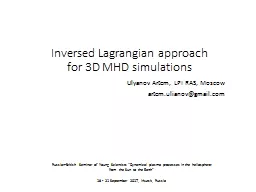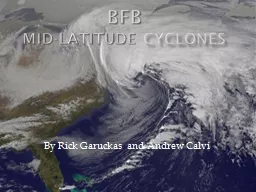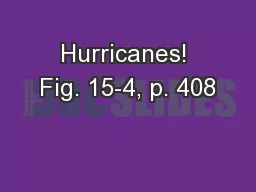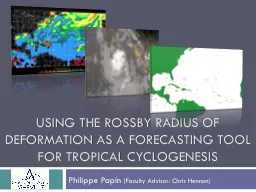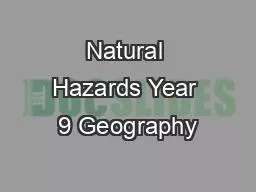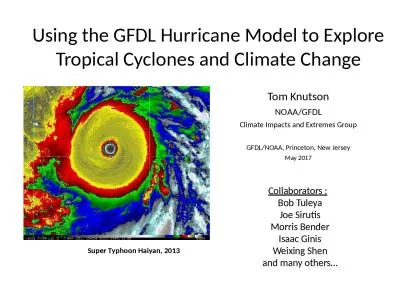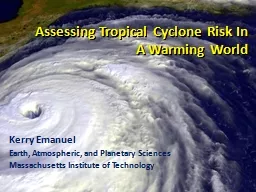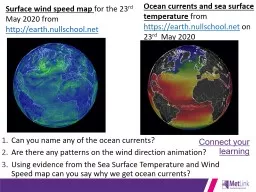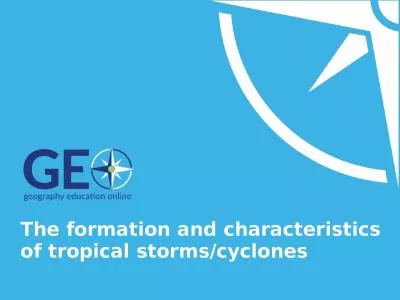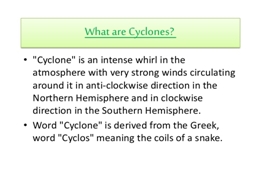PPT-Lagrangian flow boundaries in developing tropical cyclones
Author : mojartd | Published Date : 2020-08-26
Blake Rutherford NWRA Collaborators Michael Montgomery Tim Dunkerton Mark Boothe Pouch boundaries in unsteady flows The pouch model assumes a steady flow in a
Presentation Embed Code
Download Presentation
Download Presentation The PPT/PDF document "Lagrangian flow boundaries in developing..." is the property of its rightful owner. Permission is granted to download and print the materials on this website for personal, non-commercial use only, and to display it on your personal computer provided you do not modify the materials and that you retain all copyright notices contained in the materials. By downloading content from our website, you accept the terms of this agreement.
Lagrangian flow boundaries in developing tropical cyclones: Transcript
Download Rules Of Document
"Lagrangian flow boundaries in developing tropical cyclones"The content belongs to its owner. You may download and print it for personal use, without modification, and keep all copyright notices. By downloading, you agree to these terms.
Related Documents

